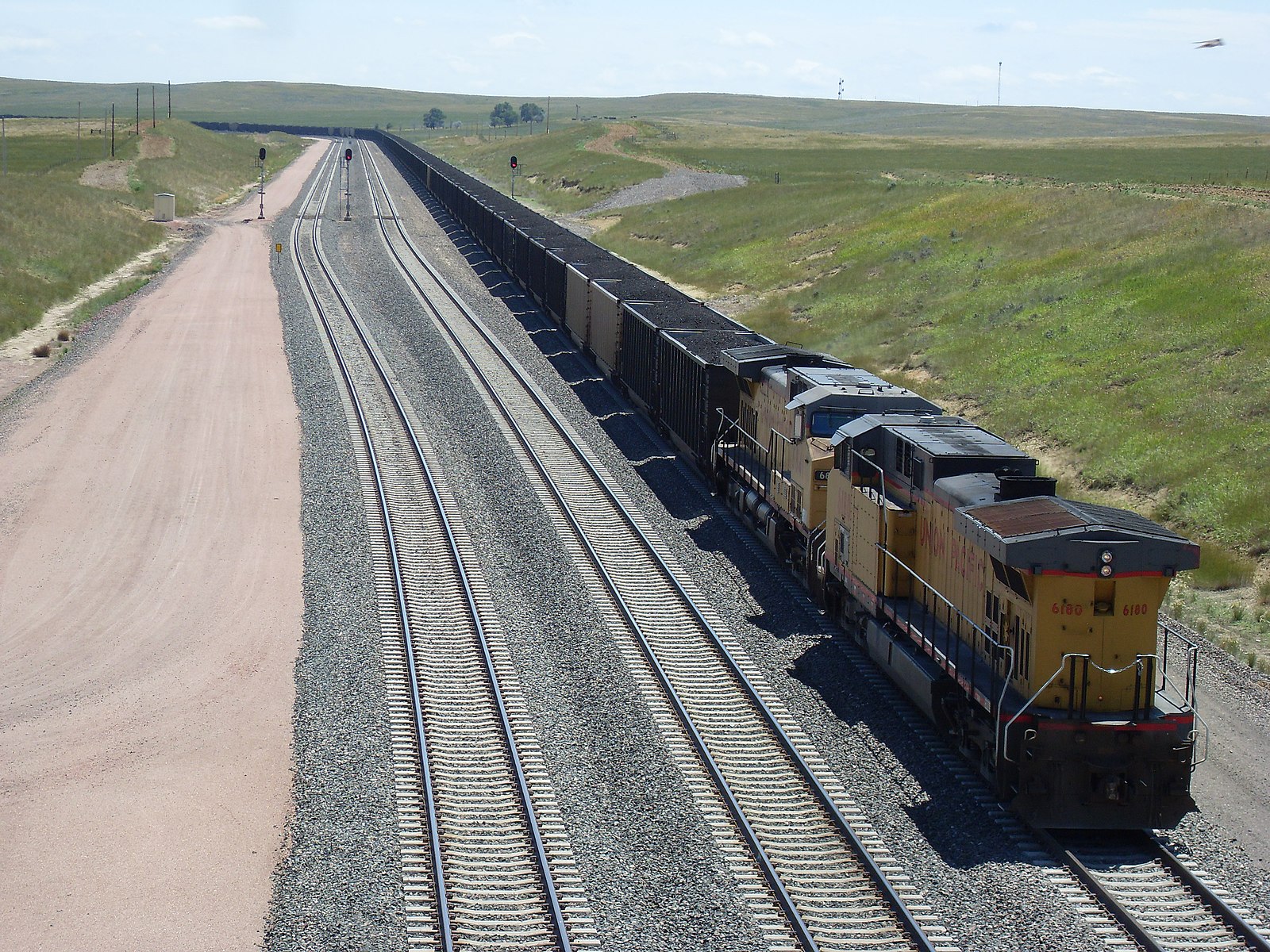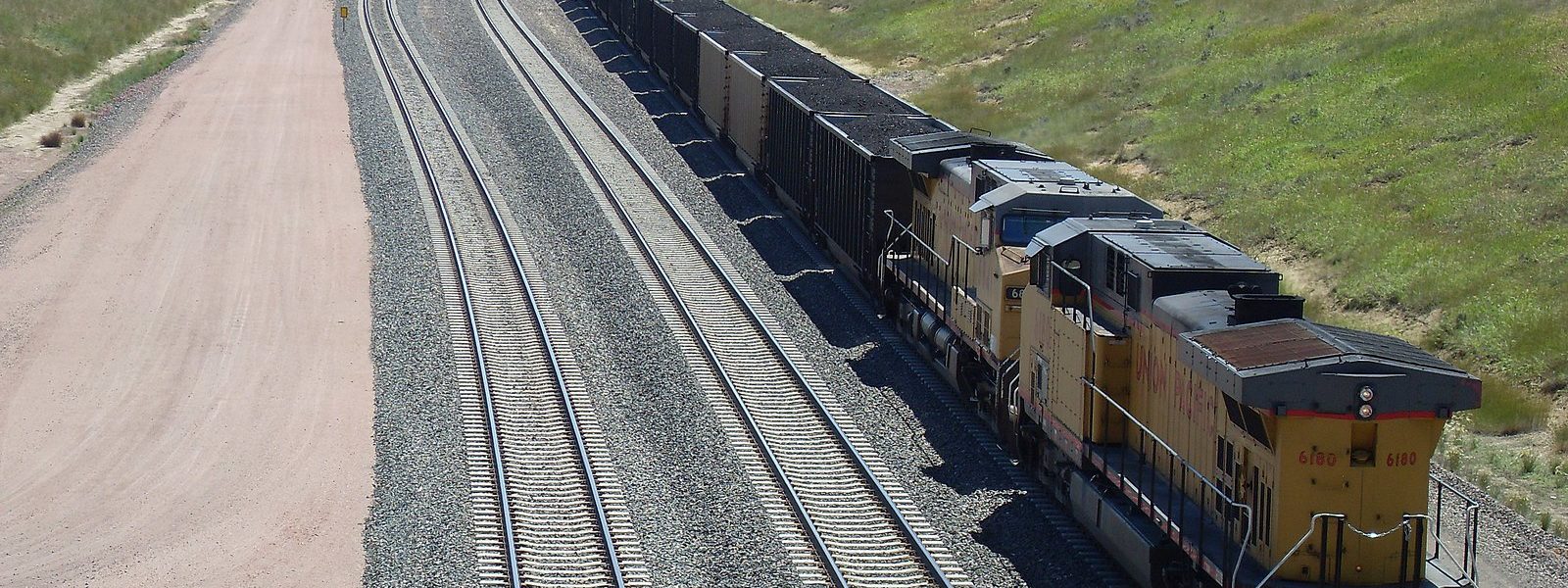
By Susan Monaghan
Gillette News Record
Via- Wyoming News Exchange
GILLETTE — Gov. Mark Gordon told industry representatives and Gillette residents Tuesday night he is committed to marketing Wyoming coal domestically amid shrinking demand for coal in the U.S.
“Our future depends on our ability to market that coal … We have got to get people to understand coal is our future, and it’s important,” Gordon said.
Despite new carbon dioxide emission mandates issued by the EPA and some Wyoming coal customer states choosing natural gas as a relatively cheaper fuel option, Gordon said coal production could recover, even if the production technology changed to reduce carbon emissions or was incorporated into alternative uses.
“There is so much more we can do,” Gordon said. “We don’t just have to burn it … I’ve also been talking with Boeing about what are the possibilities that we can do carbon engineering, and (build) wings and car parts. We know we can do this now.”
Gordon spoke alongside Campbell County Commissioner Jim Ford and coal industry professionals at a forum at Cam-plex’s Energy Hall about the state of the energy industry in Wyoming.
The forum, titled “Cowboy State Economy: Keeping Wyoming Energy Strong,” featured a string of presentations on the country’s growing energy consumption and coal’s declining share of the fuel market.
Coal production in Campbell County has increased since the 1970s and has been steadily in decline since 2009, said Ford, the Campbell County commissioner. According to the Wyoming State Geological Survey, the state hit its coal production peak in 2008, with 466 million short tons mined.
In 2023, renewable energy matched coal as a source of energy consumption in the U.S. Each accounted for 9% of energy consumption for a total of 18% of energy consumed, according to the U.S. Energy Information Administration.
Nuclear electric power consumption also reached 9% in 2023; in a press briefing following the forum, Gordon said he’s been working to “rejuvenate domestic uranium” for the past several years. He said he’s expressed to Connecticut’s governor his interest in providing Wyoming-based labor to build a nuclear power plant for that state.
“The general acceptance at this point is the technology is much better; the affordability of these plants is designed to be mass-produced, as opposed to custom,” Gordon said. “All of these things augur pretty well for nuclear being a big part of the future.”
Amid new carbon capture mandates issued by the EPA, forum panelists discussed the importance of using carbon dioxide-capturing technology to keep Wyoming’s coal mines operational.
Holly Krutka, executive director of the University of Wyoming’s School of Energy Resources, discussed the importance of emissions reduction technologies, as well as new emissions control developments in the industry.
“Looking at all these power plants all over the country, some of them are in locations where they will need this (carbon capture) technology to continue operating,” Krutka said. “I will vow to you that if there’s anything we can do to keep a power plant operating … we’ll never let it close.”
Krutka said a new Rocky Mountain Power coal power plant is currently in the early stages of development, and it will be placed somewhere in Wyoming. The plant would be built using new technology that gasifies coal, which turns a small turbine; Krutka said the technology has the highest potential for viability in the industry.
Mike Nasi, an environmental law attorney and coal industry lobbyist, said developing countries that don’t consume as much energy as the U.S. are another potential market for Wyoming coal.
“They want our lives,” he said. “These people will fight to get electricity, and they have every right to. When you hear people judge developing nations for building a bunch of coal plants, you remind them of that.”





